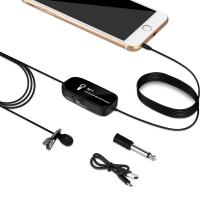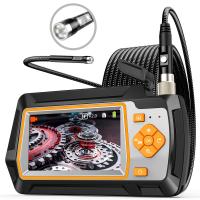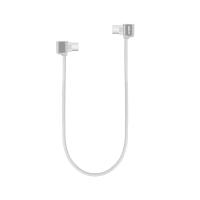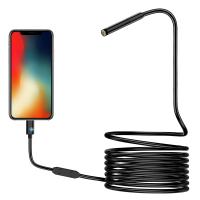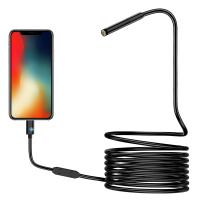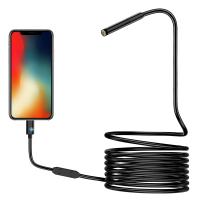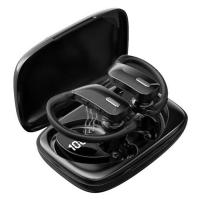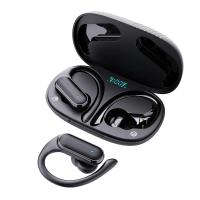How To Fix A Headphone Cable?
Fixing a headphone cable can be a daunting task for many, but with the right tools and a bit of patience, it is entirely possible to restore your headphones to their former glory. Whether you are dealing with a frayed wire, a broken jack, or intermittent sound, this guide will walk you through the steps to diagnose and repair common headphone cable issues.
Understanding the Problem

Before diving into the repair process, it is crucial to identify the specific issue with your headphone cable. Common problems include:
1. Frayed or Exposed Wires: This occurs when the outer insulation of the cable wears out, exposing the internal wires.
2. Broken or Bent Jack: The 3.5mm jack can get damaged due to frequent plugging and unplugging.
3. Intermittent Sound: This is often caused by a loose connection within the cable or at the jack.
4. No Sound in One or Both Earpieces: This can be due to a break in the wire or a faulty connection.
Tools and Materials Needed
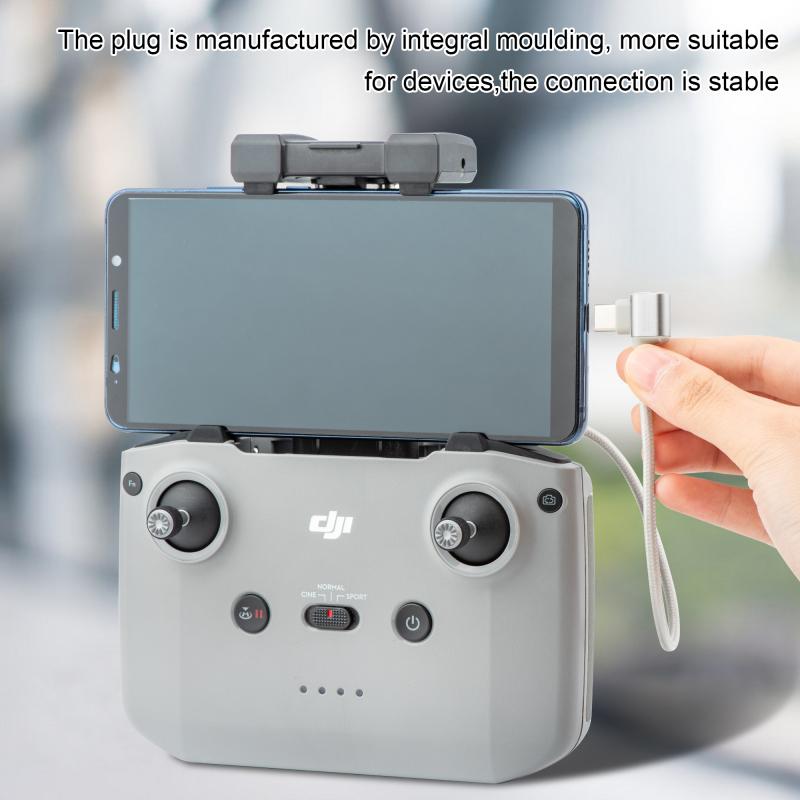
To fix a headphone cable, you will need the following tools and materials:
- Soldering iron and solder
- Heat shrink tubing
- Wire strippers
- Electrical tape
- Replacement 3.5mm jack (if needed)
- Multimeter (optional, for diagnosing electrical issues)
- Small screwdriver (if your headphones have screws)
Step-by-Step Repair Guide
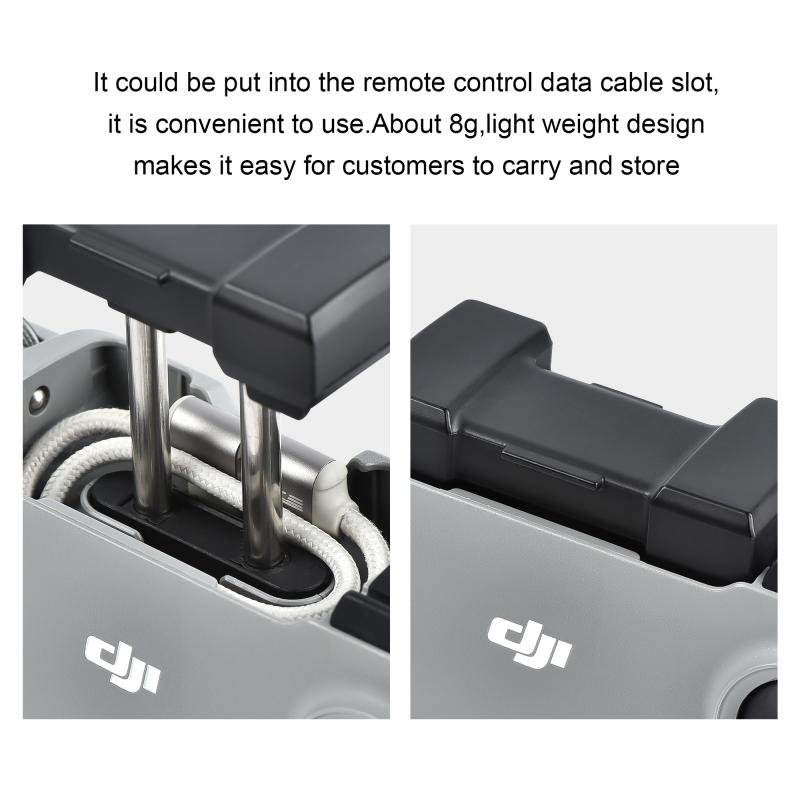
1. Diagnosing the Issue
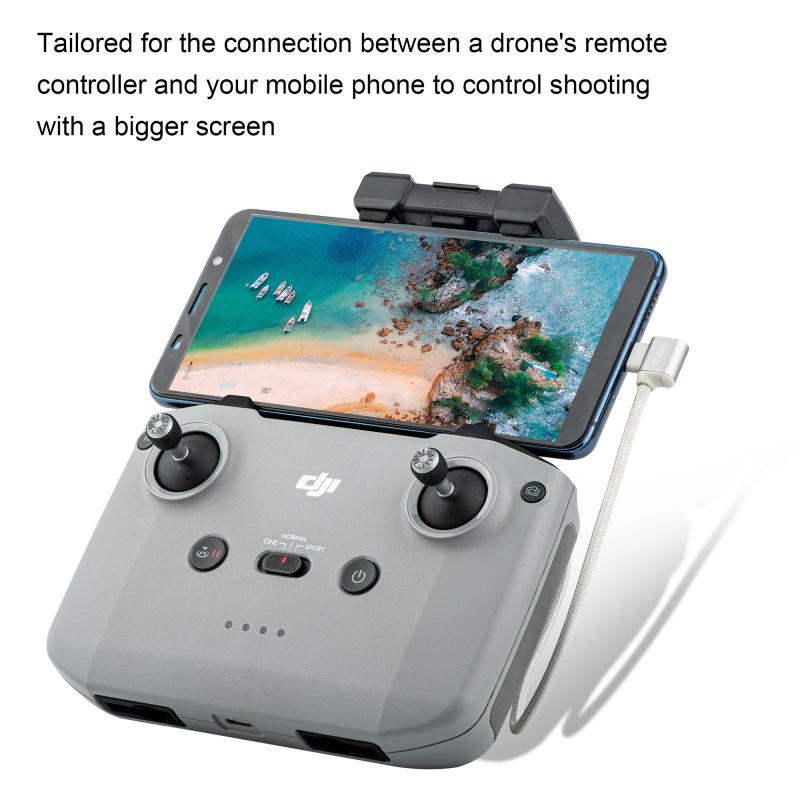
Start by identifying the exact location of the problem. Gently bend the cable at various points while playing audio through the headphones. If you notice the sound cutting in and out, you have likely found the problematic area.
2. Cutting and Stripping the Cable
Once you have identified the problem area, use wire strippers to cut the cable a few inches away from the damaged section. Strip about an inch of the outer insulation to expose the internal wires. You will typically find three wires: one for the left channel, one for the right channel, and a common ground wire.
3. Preparing the Wires
Carefully strip the insulation from each of the internal wires, exposing a small amount of the metal conductor. Twist the strands of each wire to ensure they are tightly bound.
4. Soldering the Wires
If you are replacing the 3.5mm jack, disassemble the new jack to expose the soldering terminals. There will usually be three terminals: one for the left channel, one for the right channel, and one for the ground.
- Left Channel: Solder the wire designated for the left channel to the terminal marked "L" or "Tip."
- Right Channel: Solder the wire designated for the right channel to the terminal marked "R" or "Ring."
- Ground: Solder the ground wire to the terminal marked "G" or "Sleeve."
If you are not replacing the jack, simply solder the corresponding wires together, ensuring a secure connection.
5. Insulating the Connections
After soldering, it is essential to insulate the connections to prevent short circuits. Slide a piece of heat shrink tubing over each soldered joint and use a heat gun or lighter to shrink the tubing, creating a tight seal. Alternatively, you can use electrical tape to wrap each connection.
6. Reassembling the Jack
If you replaced the 3.5mm jack, reassemble it by screwing the housing back together. Ensure that the connections are secure and that there are no exposed wires.
7. Testing the Headphones
Before finalizing the repair, test the headphones to ensure that the sound is clear and that both earpieces are working correctly. If you still experience issues, double-check your soldering and connections.
Tips for Preventing Future Damage
- Use a Cable Organizer: Keep your headphone cable organized and tangle-free to prevent wear and tear.
- Avoid Pulling on the Cable: Always unplug your headphones by gripping the jack, not the cable.
- Store Properly: When not in use, store your headphones in a protective case to prevent damage.
Fixing a headphone cable may seem intimidating, but with the right tools and a methodical approach, it is a manageable task. By following the steps outlined in this guide, you can save money and extend the life of your headphones. Remember to take your time, work carefully, and test your repairs thoroughly. With a bit of practice, you will become proficient at diagnosing and fixing common headphone cable issues, ensuring that you can enjoy your music without interruption.


